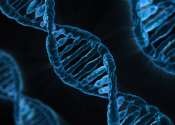Indian cobra genome sequenced in search for new antivenom
A large international team of researchers affiliated with corporate and academic institutions has sequenced the genome of the Indian cobra. In their paper published in the journal Nature Genetics, the group describes their ...









